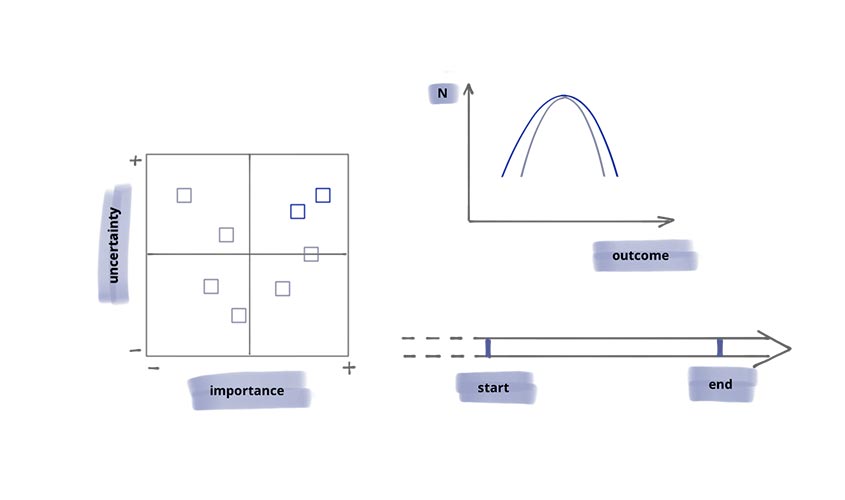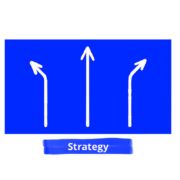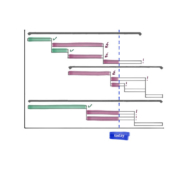Four requirements for scenario planning
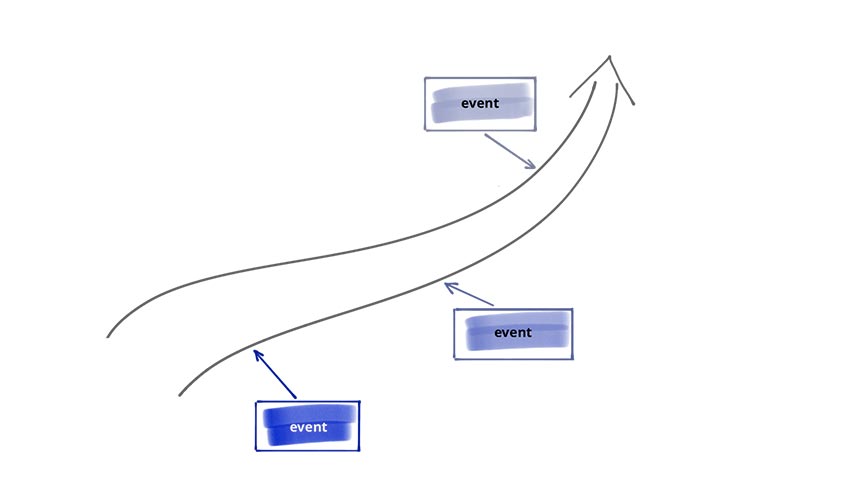
Making strategic decisions in an insecure, constantly changing environment is challenging for two reasons: first, the changes a company faces are normally unpredictable and second, in most decision-making processes there are systematic weaknesses.
Using scenario planning to improve decision-making processes
According to Kees van der Heijden it is several different mechanisms that systematically paralyse strategic decision-making processes. In his studies he identifies seven such mechanisms which individually or in combination can cause a strategic paralysis of companies:
- Ingrained, inflexible attitudes
- contradictory, unaligned perception
- prejudiced way of receiving and interpreting information
- embedded biases
- risk aversion
- overconfidence
- misjudging the accuracy of one’s own predictions
These mechanisms can easily affect decision-making processes in a negative way, especially if the environment of a company is exposed to substantial change. All this leads to errors in strategic decisions and, eventually, economic failure.
One way of avoiding these traps is scenario planning. Scenario planning visualises possible future developments. This process, usually cooperative and drawing on data from different sources, bypasses the pitfalls listed by van der Heijden. It systematically improves the effectiveness of strategic planning, which, in turn, will become more responsive to shifting circumstances.
Key criteria for scenarios
If scenario planning is to have such a positive effect on decision-making processes, the developed scenarios have to meet the following criteria:
Relevant
The forecast spectre of developments drafted by scenario tools must be relevant to the decisions in question. This means that scenario planning must take account of all dynamics that have an impact on relevant decisions and their consequences.
In a similar way this is true for the specified timeframe: for a comprehensive evaluation it should cover the whole range of possible decisions and their effects. If the created scenarios, however, go significantly beyond this time span, they might distract attention from essential issues.
Comprehensive
Apart from being relevant, scenarios should also be comprehensive. In this context the term ‘comprehensive’ means that both uncertainties and certainties are considered. Uncertainties, i.e. dynamic situations and constellations which may develop in any direction, form the basis for thinking up plausible futures. However, certainties, i.e. factors whose future development can be easily predicted, are just as important in scenario planning because they help scenarios remain realistic.
Sufficiently revealing and realistic
The scenarios created by scenario planning should be sufficiently revealing. This means that they should extend the scope of possible futures and their timeframe as far as possible. If this requirement is met by two, three or more scenarios depends on the specific case in question.
At the same time, the scenarios should remain realistic by remaining within the scope of the prognosis. This scope should be made plausible, wherever possible, by available data and studies.
Restricted
Every scenario developed in the context of scenario planning should be restricted. Scenarios are no predictions of the future, but describe a possible way that things might turn. Such an outline has a clear beginning, usually the present, and a defined end-point, which is the end of the timeframe under consideration. Between these defining points lies the description of a development which begins at the starting point and goes through right to the end-point.
If these four criteria for scenario planning are met, the scenarios will be a strong tool to avoid the described weaknesses in decision-making processes.
